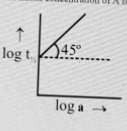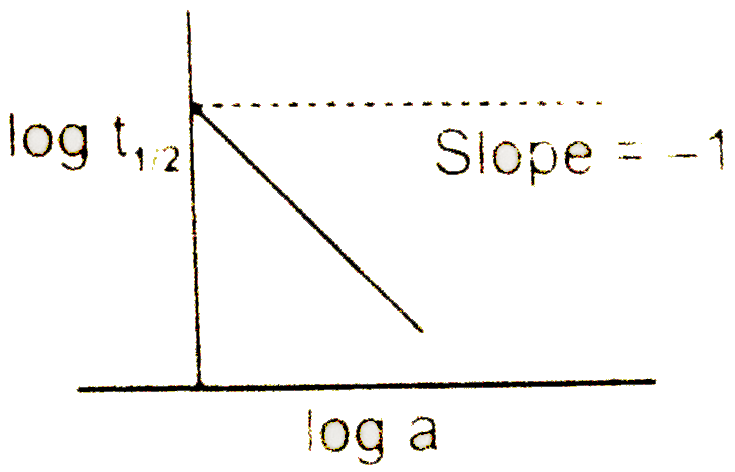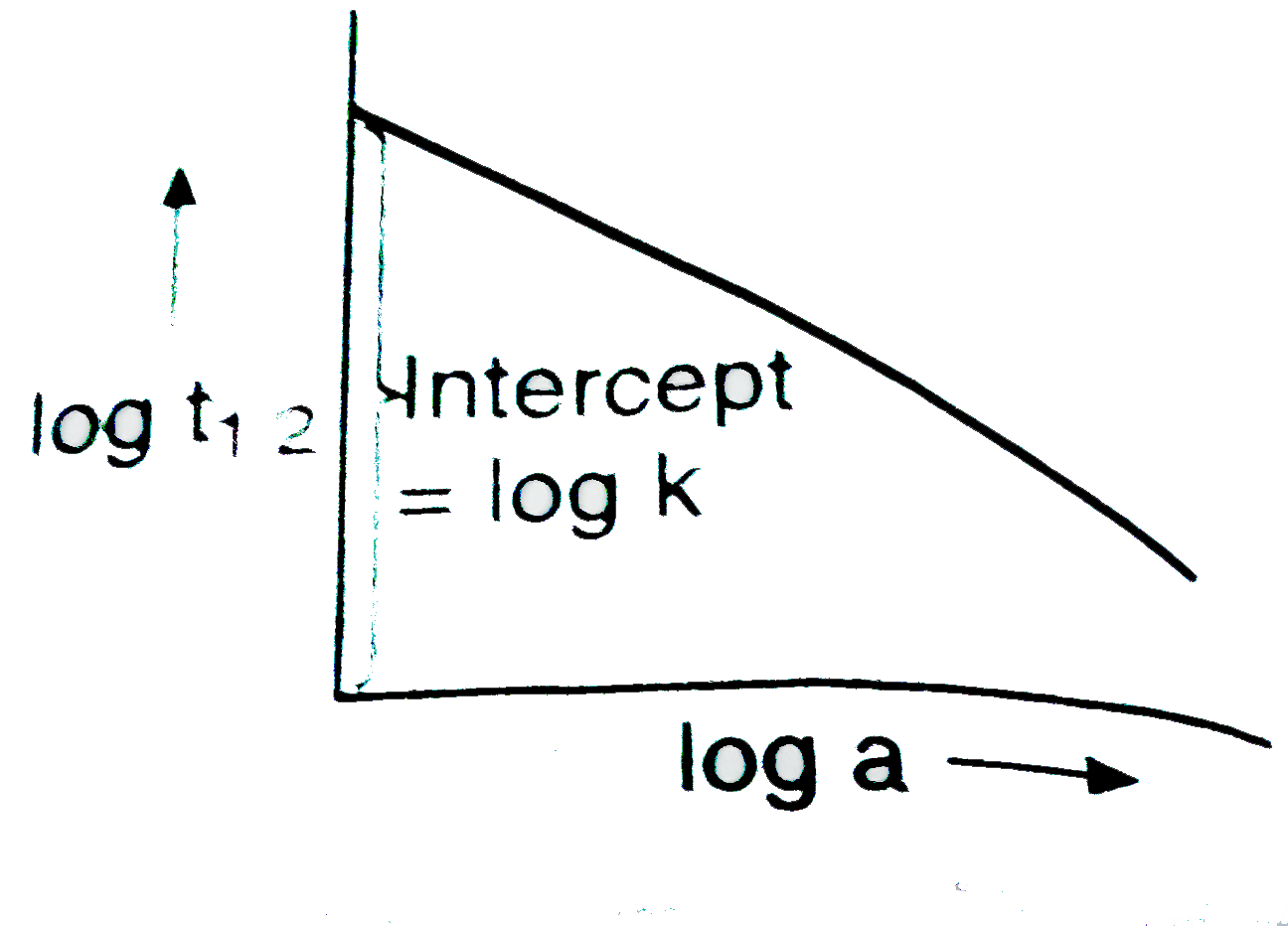Plotting log10t1/2 against log10[A0] (where A0 is the initial concentration of a reactant) for a fist order reaction the slope will be
−2
Zero
+1
−1
The correct Answer is:B
Step by step video, text & image solution for Plotting log_(10)t_(1//2) against log _(10)[A_0] (where A_0 is the initial concentration of a reactant) for a fist order reaction the slope will be by Chemistry experts to help you in doubts & scoring excellent marks in Class 12 exams.
Updated on:21/07/2023Topper's Solved these Questions
Similar Questions
For a certain reaction involving a single reactant, it isfound that C0√t1/2 is constant where C0 is the initial concentration of reactant and t12 is the half life. The order of reaction is
View SolutionFollowing is the graph between logt1/2 and loga (a initial concentration) for a given reaction at 27∘C.

Find the order of reaction.
View Solution
Knowledge Check
Plotting a graph of log t1/2 against log [A]0 of a rectant for a first order reaction, the slope will
A−1B−2C0D+1For a certain reaction involving a single reaction, it is found that C0√t1/2 is constant where C0 is the initial concentration of reactant and t1/2 is the half-life. The order of reaction is:
A1B0C2D3For zero order reaction , t1/2 will be (A0 is the initial concentration , K is rate constant)
A0.693/KB2.303/KCA02KDInA02
For a reaction A→ Products, a plot of logt12 ,versus log a is shown in figure. If the initial concentration of A is represented by a ,the order of the reaction is:-

View SolutionA graph between logt12 and log a (abscissa), a being the initial concentration of A in the reaction For reaction A→Product, the rate law is :

View SolutionThe slope in the plot of ln[R] vs. time gives
(where [R] is the final concentration of reactant.)
View SolutionFor a second order reaction, 2A→ Products, a plot of log t1/2 vs log a (where a is initial concentration) will give an intercept equal to which one of the following?

View SolutionA graph between logt12 and log a (abscissa), a being the initial concentration of A in the reaction For reaction A→Product, the rate law is :

View Solution